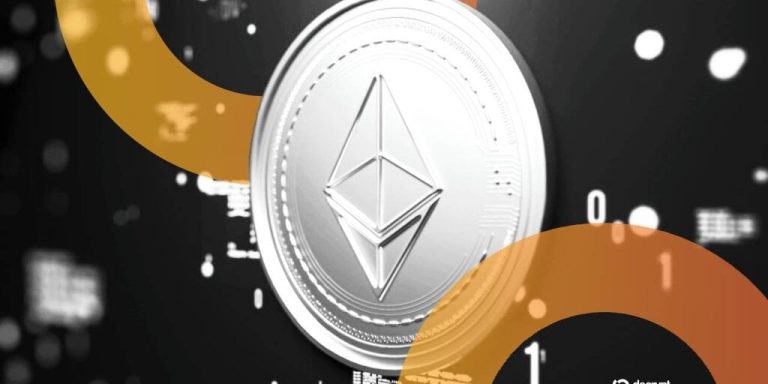
Navigating the Future: Emerging Trends in Fintech Technology
Fintech, or financial technology, is a rapidly evolving industry that is transforming the way we think about money and finance. Fintech is a broad term that encompasses a wide range of technologies, from mobile payments and digital wallets to blockchain and artificial intelligence. As we look to the future, it’s clear that fintech will continue to play a major role in shaping the financial landscape.
Section 1: Introduction to Fintech

The term ‘fintech’ was first coined in the 1990s, but it wasn’t until the 2000s that the industry really started to take off. Today, fintech is a global phenomenon, with companies like PayPal, Stripe, and Square leading the charge. These companies have disrupted traditional banking and financial systems, offering faster, cheaper, and more convenient ways to manage money.
Section 2: Emerging Trends in Fintech

So, what are some of the emerging trends in fintech? One of the most significant trends is the rise of blockchain technology. Blockchain is a decentralized, digital ledger that allows for secure, transparent, and efficient transactions. It’s the technology behind cryptocurrencies like Bitcoin and Ethereum, but it has many other potential uses, from supply chain management to voting systems.
Another trend that’s gaining traction is the use of artificial intelligence in fintech. AI can be used to analyze vast amounts of data, identify patterns, and make predictions. This can be particularly useful in areas like credit scoring and fraud detection. For example, AI-powered systems can analyze a person’s credit history and other factors to determine their creditworthiness, making it easier for people to access credit.
Section 3: The Future of Fintech

As we look to the future, it’s clear that fintech will continue to play a major role in shaping the financial landscape. One of the most significant developments on the horizon is the emergence of central bank digital currencies. These are digital versions of traditional currencies, issued and regulated by central banks. They have the potential to reduce transaction costs, increase financial inclusion, and improve monetary policy.
Another area that’s likely to see significant growth is financial inclusion. Fintech has the potential to reach billions of people around the world who are currently underserved or excluded from traditional financial systems. Mobile payments, digital wallets, and other fintech solutions can provide people with access to basic financial services, like savings accounts and credit.
Section 4: Challenges and Opportunities

While fintech offers many opportunities, it also poses significant challenges. One of the biggest challenges is regulation. Fintech companies often operate in a gray area, outside of traditional regulatory frameworks. This can make it difficult for regulators to keep up, and can pose risks to consumers and the broader financial system.
Another challenge is cybersecurity. Fintech companies are prime targets for hackers and other cybercriminals, who seek to steal sensitive data and disrupt operations. This can have serious consequences, from financial losses to reputational damage.
Section 5: Conclusion

In conclusion, the future of fintech is exciting and uncertain. As the industry continues to evolve, we can expect to see new trends and technologies emerge. While there are challenges to be addressed, the opportunities are significant. By embracing fintech and its potential, we can create a more efficient, inclusive, and secure financial system for all.





